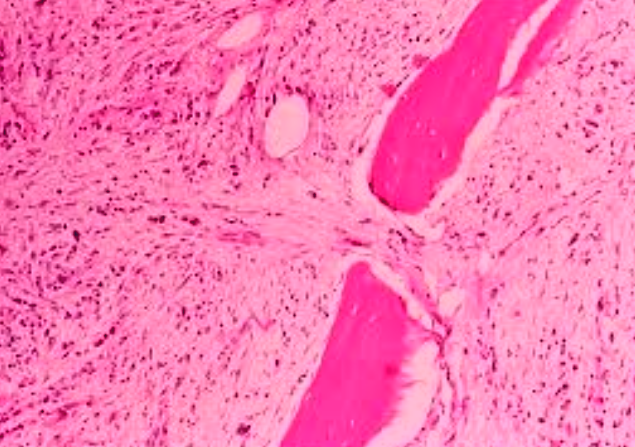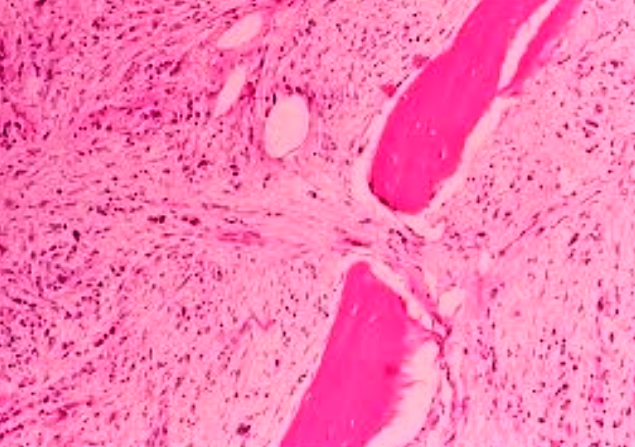What is Pancytopenia?
Pancytopenia is a condition characterized by a shortage of all kinds of blood cells such as red blood cells or RBCs, white blood cells or WBCs, and platelets, etc. It arises due to dysfunction of the bone marrow stem cells which are responsible for producing blood cells, thereby leading to a deficiency in total blood cells content in the body.Pancytopenia can result in immune system problems as well as deficient supply of oxygen, which in turn leads to adverse effects throughout the body. A reduction in the manufacture or existence of all kinds of blood cells in the body is also referred to as aplastic anemia.
Pancytopenia may have a sudden onset, or it may develop gradually over a period of time. The condition can deteriorate in many different ways. Patients may experience easy bruising, bleeding, breathlessness, fatigue, and weakness. A reduction in WBCs, which are the cells responsible for fighting off infections, can eventually increase a patient’s vulnerability to developing other different diseases.
There are two types of pancytopenia, namely, the idiopathic form wherein the cause is unknown but which is often autoimmune, i.e., mistaken attack of the body’s tissues by the immune system. The second type usually arises due to environmental factors.Nearly 50 percent of pancytopenia cases are of the idiopathic type. Other instances may be caused by chemotherapy or radiation therapy, exposure to toxic matter, infection by viruses, and/or reactions to medications.
Pancytopenia is typically treated with immunosuppressant medications or other drugs that inhibit the immune system, blood transfusion, bone marrow stimulant medicines, stem cell replacement therapy, and bone marrow transplant.
Symptoms of pancytopenia
The signs and symptoms of pancytopenia are categorized into generalized symptoms and severe symptoms. Either of them can occur sporadically or on a daily basis. The generalized symptoms include:
- Bleeding gums
- Bleeding of the internal organs
- Inexplicable bleeding
- Nosebleeds
- Pale skin or pastiness
- Formation of rashes
- Easy bruising
- Skin discoloration
- Loss of strength or weakness
- Exhaustion or fatigue
- Tachycardia or rapid heartbeat
- Frequent infections
- Shortness of breath
It is important to seek immediate medical attention if any of the below severe symptoms of pancytopenia are noticed:
- Increased bleeding without any known cause
- Fainting or loss of consciousness even for sometime
- Disorientation or confusion
- Fever with high body temperatures of over 101 F.
- Severe weakness, exhaustion, or breathlessness
It is very important to treat pancytopenia as untreated cases can result in development of extremely severe or even life-threatening infections and bleeding. Some of the complications that arise due to presence of pancytopenia are as follows:
- Complications that occur post blood transfusions
- Adverse reactions to transplantation of bone marrow, i.e. graft rejection
- Bleeding in brain
- Deadly infection of the blood by bacteria, i.e. sepsis
- Complications arising from intake of drugs to treat pancytopenia
- Excessive bleeding
Pancytopenia causes
- An estimated 50 percent of pancytopenia cases are idiopathic, wherein the precise cause is not known.
- Pancytopenia can be caused due to intake of certain medications, inherited causes, or contact with environmental toxins like arsenic or radiation.
- The condition is also related to occurrence of autoimmune diseases wherein the immune system erroneously recognizes healthy body tissues to be toxins or alien matter and then attacks them.
- Uncommonly, pregnancy can cause autoimmune reactions which can then activate pancytopenia.
Some of the environmental factors associated with pancytopenia development are listed below:
- Chemical contaminants like arsenic or benzene
- Some medicines, including immunosuppressant drugs and certain antibiotics
- Treatments like radiation therapy or chemotherapy
- Infections by viruses
- Exposure to radiation
There are many risk factors which can increase the vulnerability to developing pancytopenia. It may however be noted that not all people with the risk factors may develop pancytopenia. The risk factors are:
- Pregnancy
- Presence of lupus or other kinds of autoimmune syndromes
- A family history of blood diseases
It is necessary for doctors to ascertain the cause of pancytopenia so as to opt for the correct treatment. For instance, if the condition is caused by some kind of environmental toxin then its removal may spontaneously resolve pancytopenia.
Patients can also reduce their risk to developing pancytopeniaby avoiding contact with environmental contaminants, radiation, etc.


Treatment of pancytopenia
Treatment of the underling disorder, or removal of a specific trigger generally makes pancytopenia disappear on its own. If the immune system is diagnosed to be attacking the bone marrow, then doctors will administer immunosuppressant medicines.
- Very minor instances of pancytopenia may not require any medical treatment.
- The blood cells count can be restored via blood transfusions in moderate cases. However, the effectiveness of transfusions decreases with the passage of time
- Severe cases of pancytopenia may be corrected via varied treatments such as stem cell therapy and bone marrow transplant. It will help restore the bone marrow’s capability to manufacture blood cells. These therapies are usually effective in younger people. Older individuals affected by pancytopenia may need additional treatments like bone marrow stimulant drugs and/or immunosuppressant medications.


